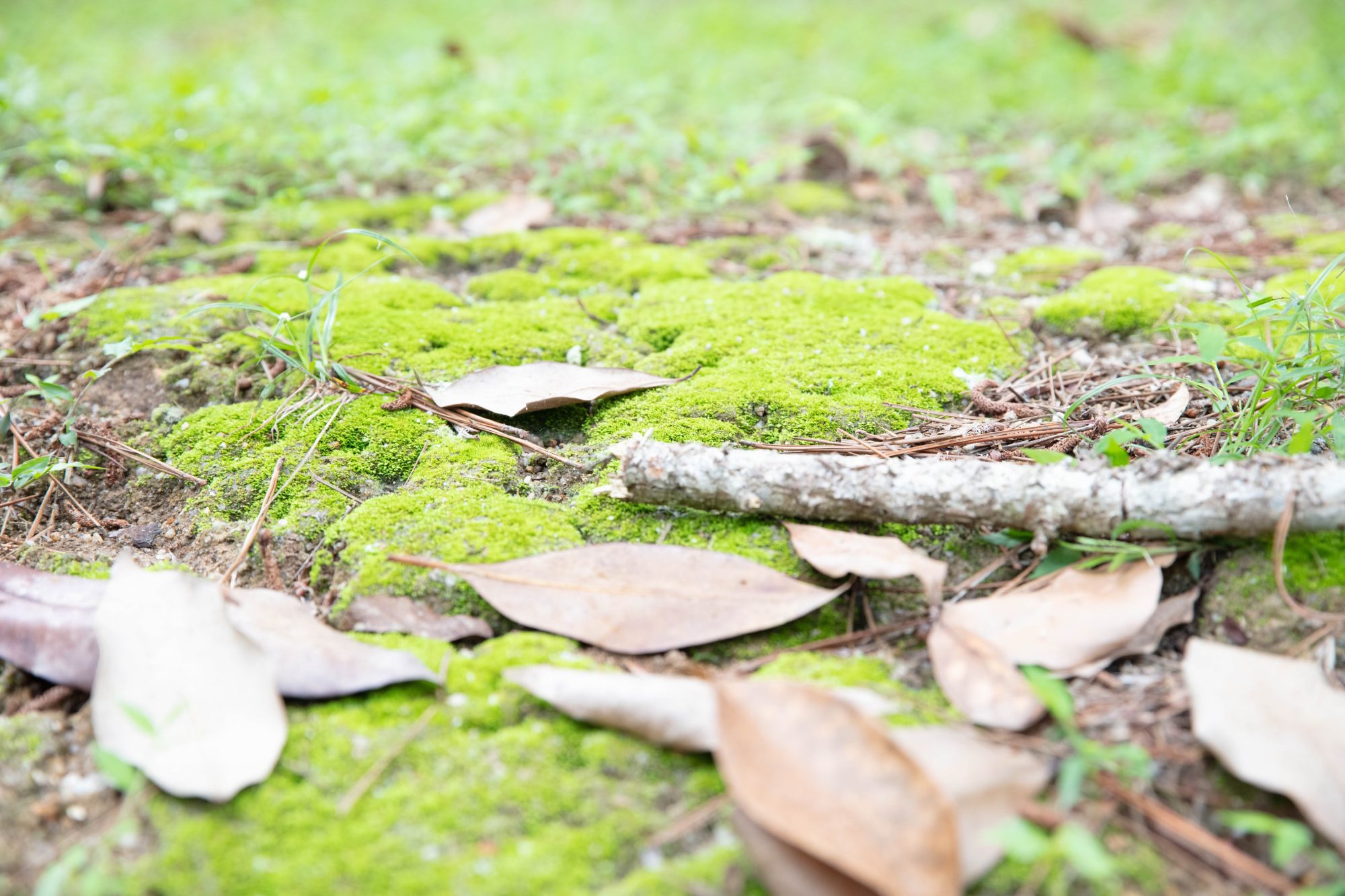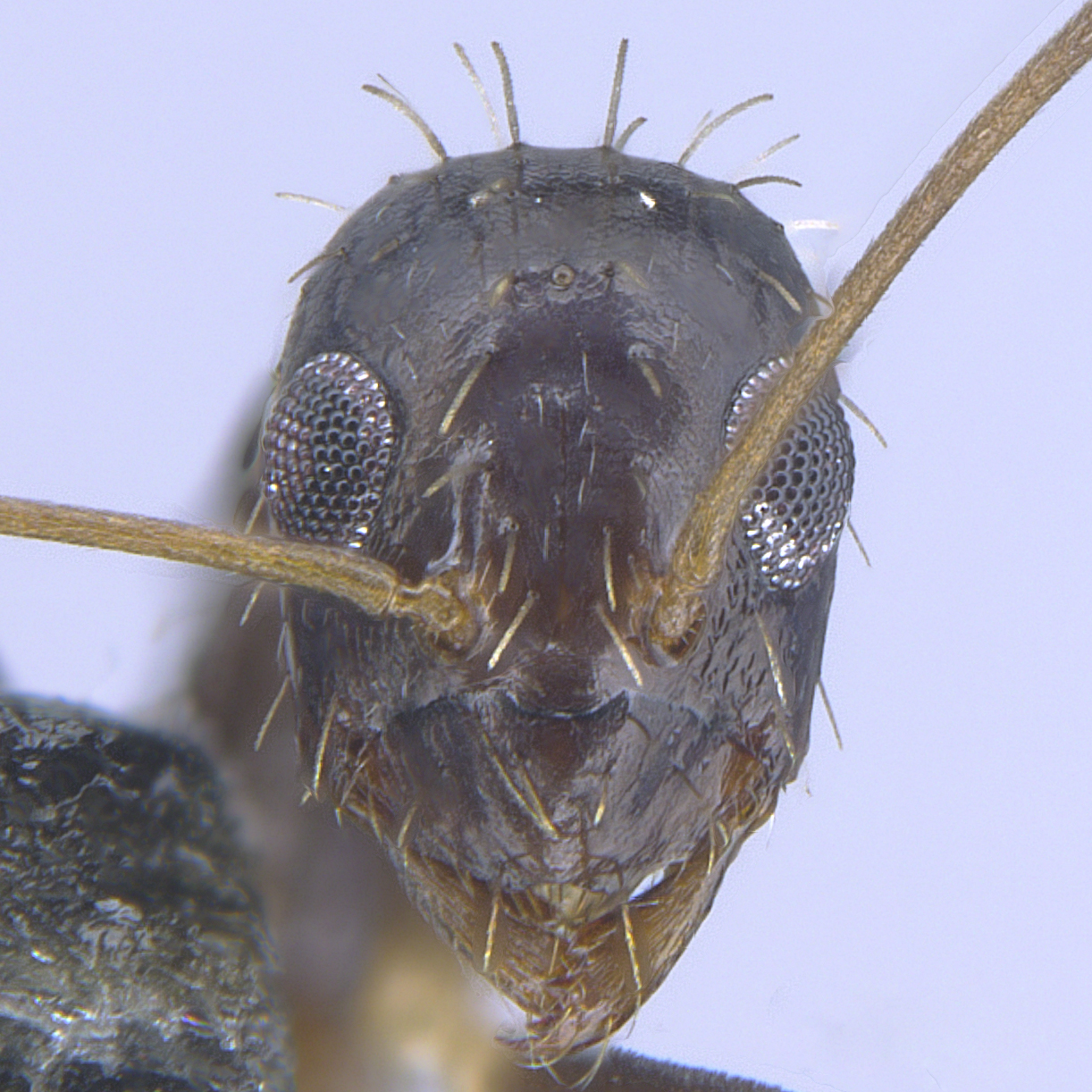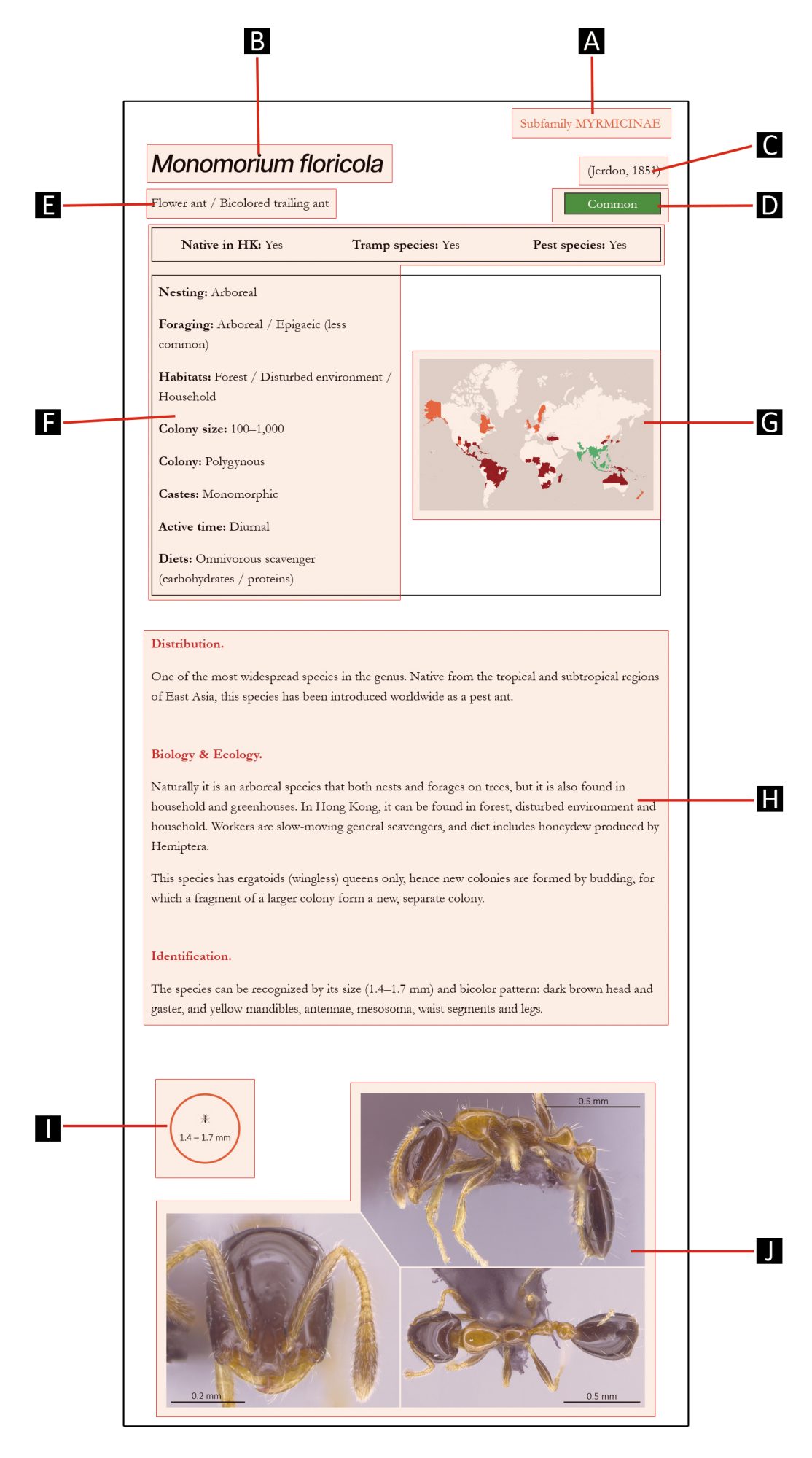
Subfamily FORMICINAE
GENUS
Paratrechina
Motschoulsky, 1863
Distribution.
A small ant genus with 5 species described. The genus has a limited distribution, restricted to subtropical regions of the Old World. One species from the genus (P. longicornis) has been introduced worldwide as an introduced species.
Biology & Ecology.
Nests of Paratrechina species are medium in size and contain several thousands of workers, forming polygynous colonies (more than one egg-laying queens per colony).
Paratrechina species are general scavengers. Workers’ foraging activity broadly cover the ground surface, on lower vegetation and on trees.
Identification.
Paratrechina species are small the medium in size (2–4 mm), with brown to dark brown coloration. They can be recognized by their long antennal scapes, mandibles with five teeth (except for two species, which has six and eight teeth respectively) and by having erect hairs on the head and body (but absent on the posterior portion of mesosoma, i.e., propodeum). They can be differentiated from their sister genus, Paraparatrechina, for the latter genus has erect hairs on propodeum as well.

Species in this genus




